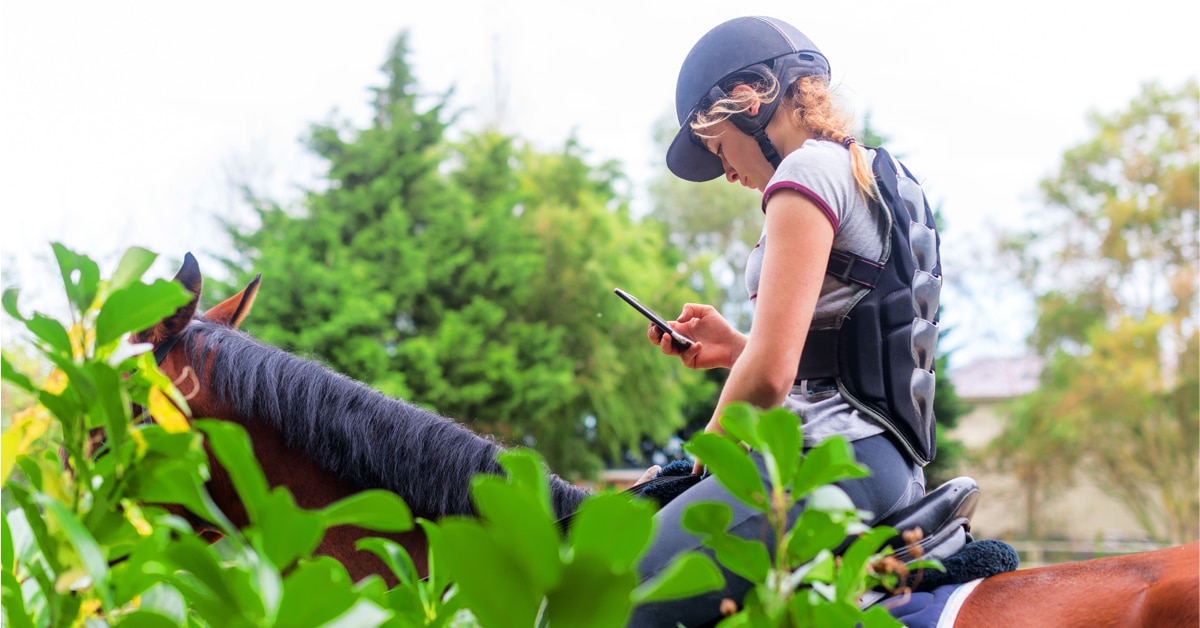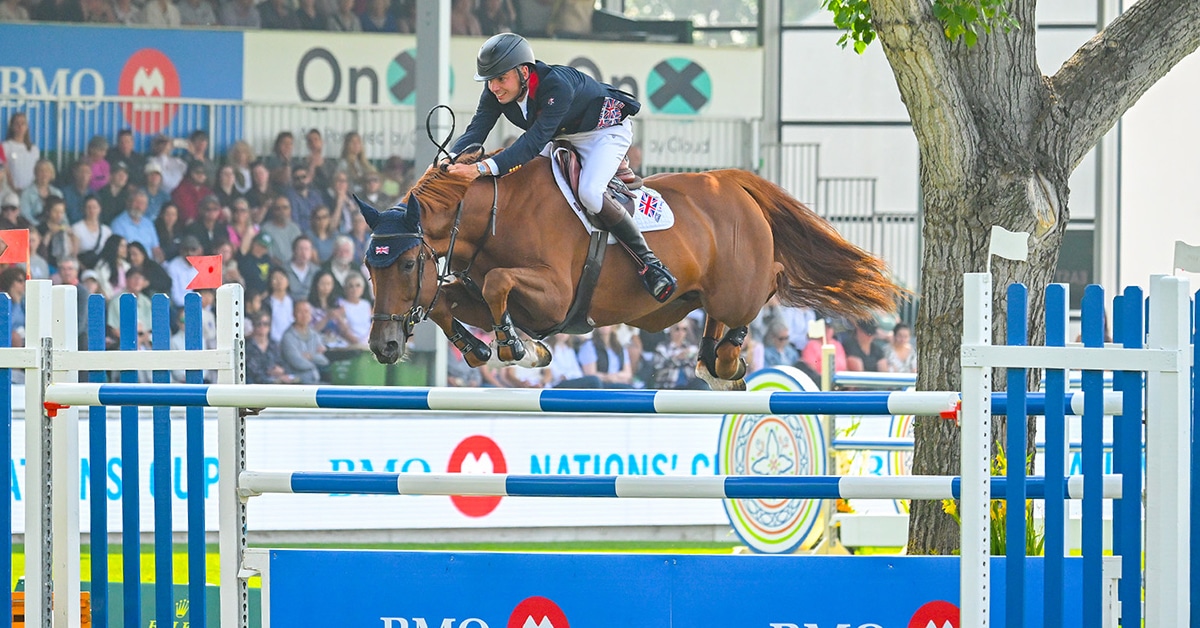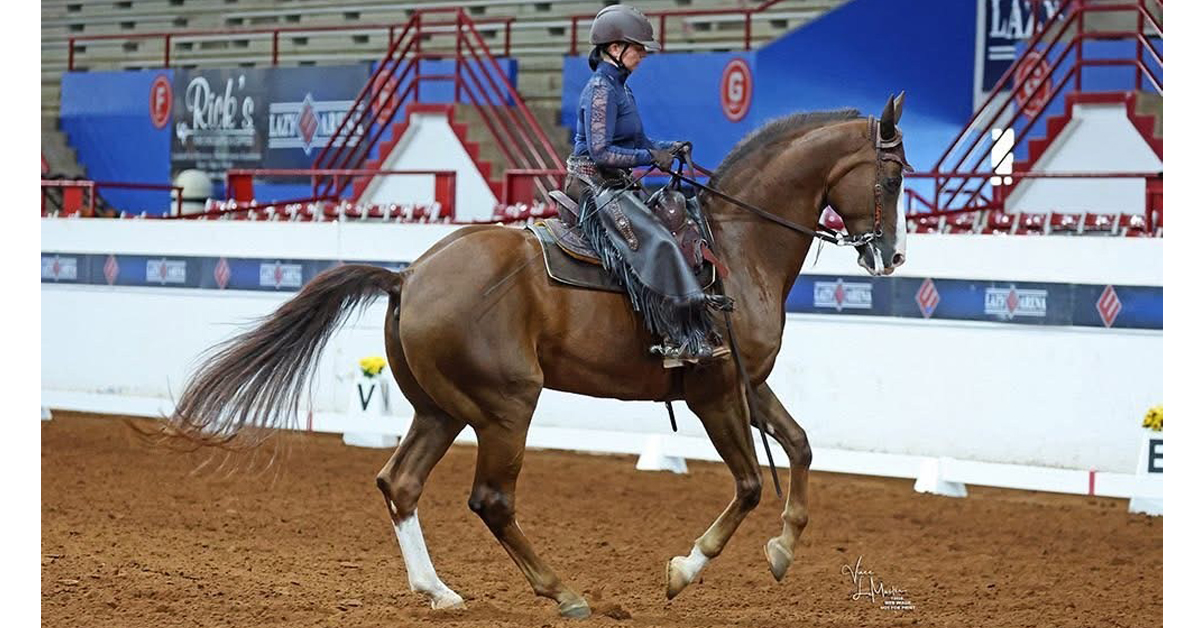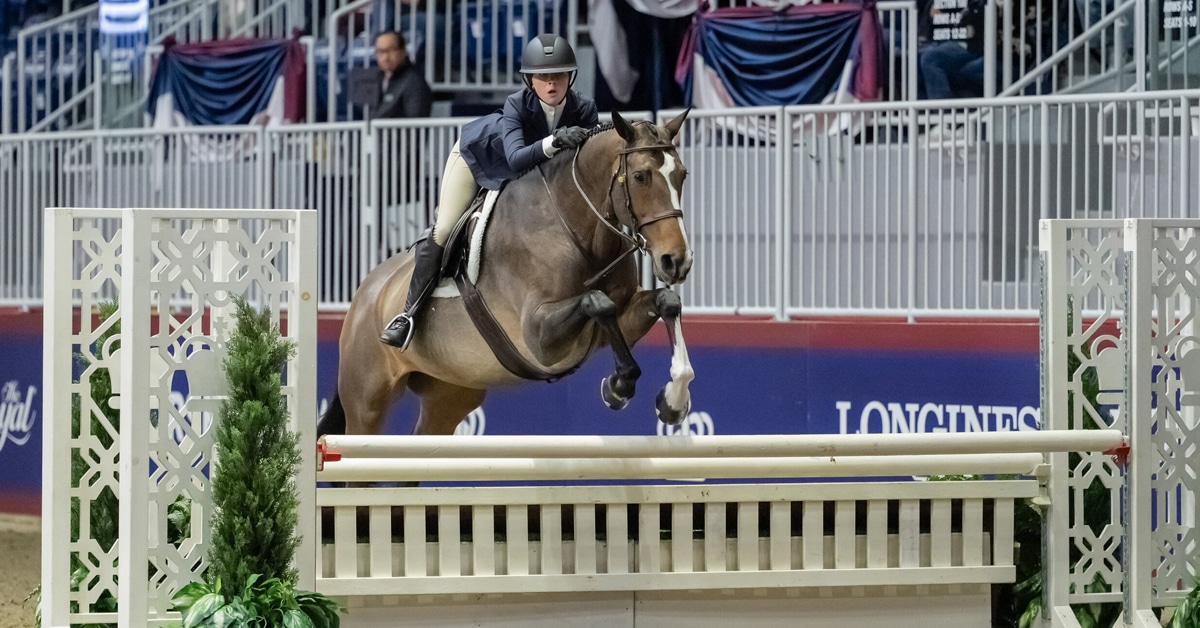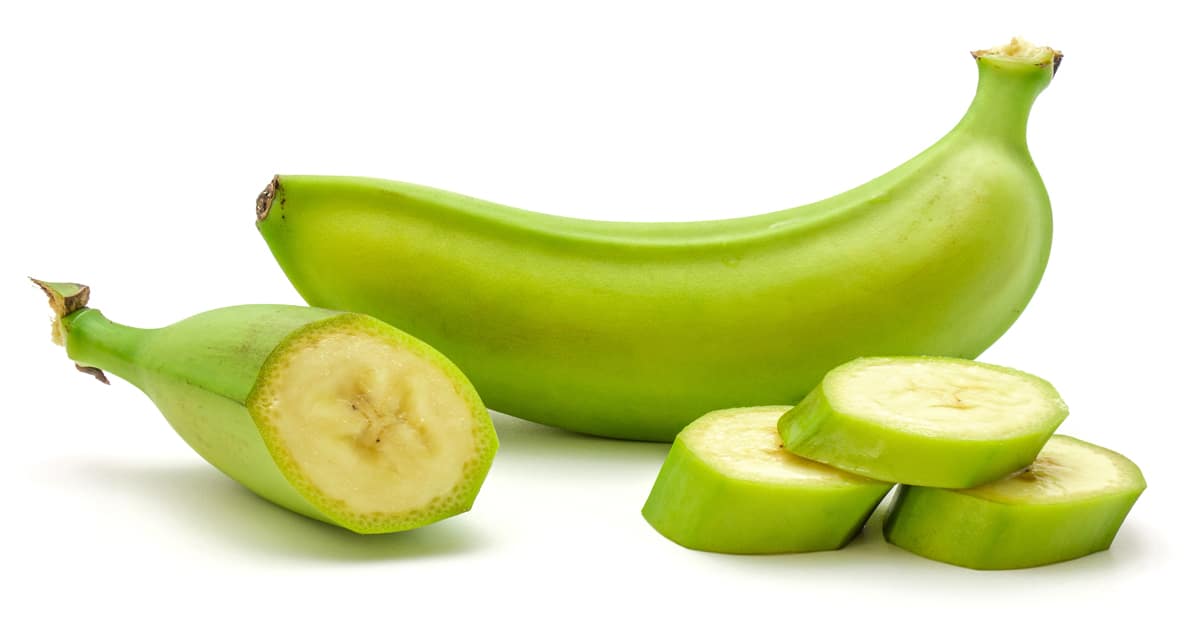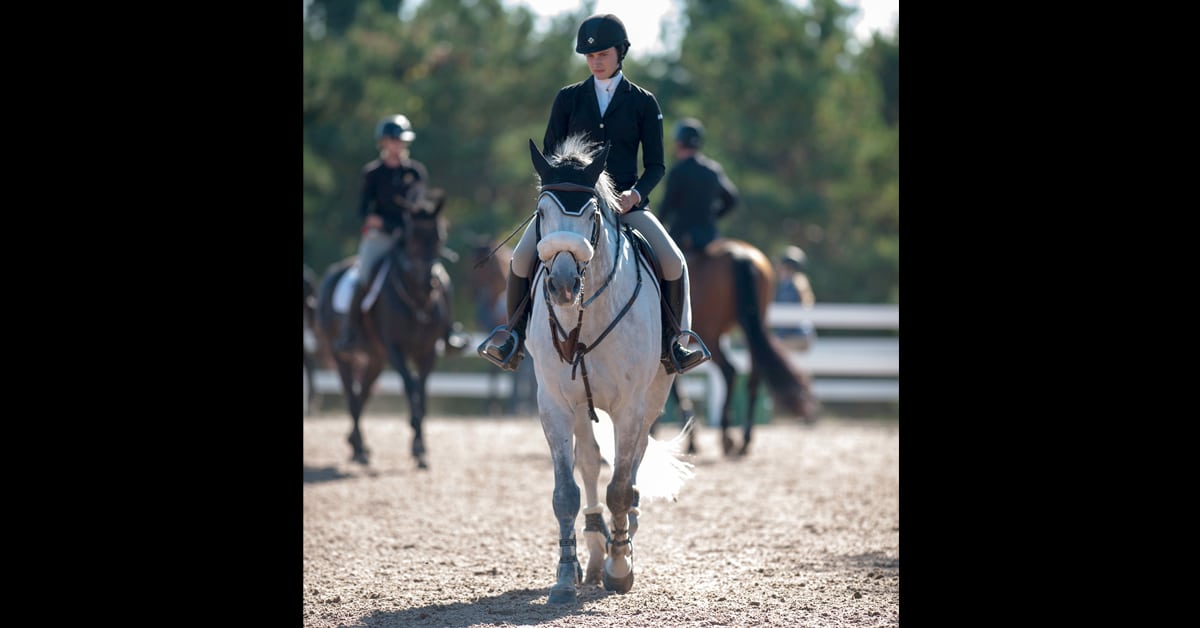Horse shows are so much fun, but it is often difficult to keep up on proper flatwork during a multiple-week circuit when we are managing several other considerations – conserving energy as the weeks go on, dealing with heat or adverse weather conditions, (very) early morning class times, busy warm-up rings, and so on.
These are all important factors to keep in mind, but it is also paramount to make sure our horses are working well, are properly warmed and loosened up, and we keep tabs on the flatwork training that inevitably the competition ring will not help. In this article we will discuss a few easy but important ways to sneak in quality flatwork while staying safe and respectful of warm-up ring etiquette.
Let’s start with some general etiquette
- Warm-up rings are just that — for the riders warming up for the current class. Those competitors have the right of way.
- Left-to-left is the commonly accepted norm of riders passing their colleagues going in the opposite direction with their respective left hands closest to one another. This convention applies except when someone is heading to a jump. The rider going to the jump has the right of way and must stay to the inside to keep their approach to the jump.
- Circling in the warm-up ring is allowed, but you must be hyper-vigilant about where other competitors are and ensure you’re not in their path to avoid cutting someone off on their way to a warm-up fence.
- This usually leaves the rail as the safest and most respectful place to work your horse until you begin jumping.
Even when warming up for a class, it’s important to get your horse “on the aids” and listening. The concept of “on the aids” is crucial all the time, but especially before going in to compete. It is so important that the horse and rider are speaking the same language, and are in tune with one another about instructions and reactions.
Basically, you need to know how your horse responds to what cue so you know what you have going in the ring. The warm-up ring is the place to make last-second refinements (while knowing full well you should be doing the bulk of this at home!).
I often see riders trotting endless laps in their warm-up, followed by the same in canter. Then, when it comes time to jump some practice fences, the first few efforts tend to be weak, maybe adding too many strides or missing the rhythm, all because the horse and rider weren’t properly dialed in. This can lead to unnecessarily repeating jumps in the warm-up ring, which can tire your horse out at just the wrong time.
It’s better to spend a bit more time on the flatwork refining things and jumping just enough jumps to be warm and ready, rather than being too ‘friendly’ in the flatwork and needing twice as many jumping efforts to get some semblance of readiness to enter the ring.
Some flatwork suggestions
- Lazy or quiet horses: Start with a marching walk, followed by crisp transitions. Just because this is mainly a cantering sport doesn’t mean you can’t address a lot at the trot. If your horse isn’t sharp to your leg from the start, you’ll end up dealing with it later. I like to set the tone early: today is about serious business, let’s march on!
- Stiff on one side? We often use circles to help our horses bend and warm up laterally, but when that’s not an option in a busy ring, try lateral work along the long walls. Shoulder-in engages the inside hind leg; haunches-in targets the outside hind. Both exercises can help encourage bend and push from behind.
- One of my favourite warm-up exercises that doesn’t take up a lot of room is a nice easy leg yield down the long wall off the outside leg. It accomplishes a lot: yielding from the leg (i.e. responsiveness), crossing over behind (flexibility, mobility), pushing from behind (impulsion, forward thinking) – and my favourite part – it helps to get the horse straight on the outside rein by keeping the neck aligned with the shoulders.
- Struggling with straightness in the canter? Counter-canter can be your best friend. Instead of just cantering laps on the rail, incorporate counter-canter into your daily warm-up. It builds strength, encourages responsiveness, balance, alignment, and understanding of boundaries.
- Get the ring gallop feel: I like to gallop a little, whether the horse is hot or cold. For hotter horses, it’s a chance to practice going forward and then coming back (physically and mentally). For colder horses, it wakes them up for the task ahead and is one more chance to check in about responsiveness. Either way, all horses need to be rideable in both directions before heading into the show ring.
All of these ideas are meant to help you and your horse feel focused and ready for the important competition ahead, without disrupting someone else’s warm-up!
The Latest
